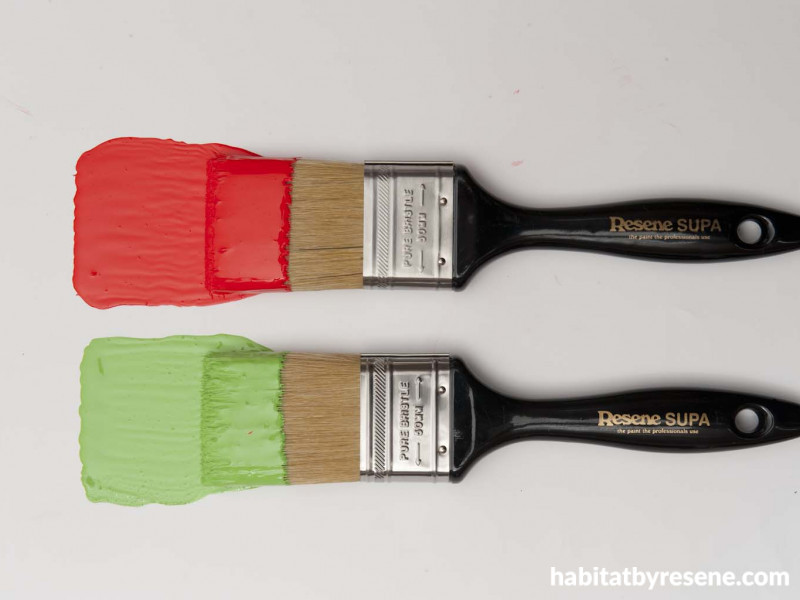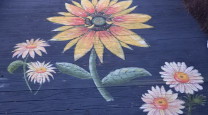
Revealing the mysteries of paint
15 Jun 2015
We all know how it works. You agonise over the colour charts and then settle on the ideal shade. You watch as the Resene ColorShop professional measures the perfect combination of colour into the can and locks it into that frenetic mixing machine, where it shudders itself into the blend you were after.
Most Resene paint consists of a toned base paint (light, mid and dark), which is then tinted with measured units of colourants, depending on the final required shade. Why have different coloured bases? Well, there are limits to how much tinter you can add to each tone. If you fall under that limit, you can affect the opacity of the paint and make it more difficult to get a good, even finish. If you go over the limit, you can interfere with its film-forming properties and therefore its longevity.
If you try to tint a colour from a tone it's not designed for, while you might be able to get the correct shade, chances are you will have over-tinted it and it will fail faster.
Which is why it’s not a good idea to take your left-over white paint into Resene and ask them to tint it to the nice charcoal colour for your bedroom. It may save you money today, but it will turn out a false economy when you have to repaint earlier than usual.
Hands up those who have had a Resene colour mixed into another brand of paint base, and then wondered why it doesn’t look the same as the colour on the chart or in the testpot?
Every paint company uses different tinters to make up their colours. To capture the true essence of the colour you like, it needs to be tinted into the brand of paint it was developed for.
Resene is renowned as a market leader in fashion paint colour, and also for the quality of its paint. Two coats of Resene paint will often give you the coverage you need. Cheaper paints may need three coats or more, and won’t last as long, so you’re spending more time and money to get a similar result. A false economy.
The most expensive part of a paint job is the painting, not the paint itself, so it makes sense to invest in a high quality product at the start, get it tinted properly, and minimise maintenance and repainting further down the track.
High quality paints like those made at Resene use more concentrated tinters, so the paint keeps its colour and integrity for longer. High quality paints also tend to have more complex colourways and will change subtly in changing lights. This is why your Resene Thorndon Cream will look moody and green-edged in the morning, then like an antiqued warm white in the afternoon.
Certain colours are less durable than others, due to the make-up of their colourants. Bright oranges, yellows and reds still tend to fade faster than other shades. The best colours for longevity are earthier tones. But then, with Resene constantly coming out with new exciting colours, perhaps you’ll want to repaint more regularly anyway.
Read more Interested in learning more about paint? Go to www.habitatbyresene.co.nz/news/figuring-out-paint-types/
Published: 15 Jun 2015




